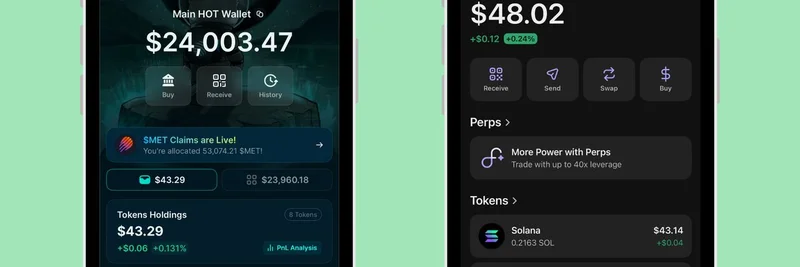Ever wondered why some blockchains feel like a bustling marketplace while others seem more like a sleepy town? That's where DeFi velocity comes in. It's a key metric that shows how quickly capital moves around in decentralized finance (DeFi). Think of it as the turnover rate for every dollar locked in DeFi protocols—higher velocity means more action, more trades, and ultimately, more economic vibrancy on the chain.
In a recent thread on X by Michael Nadeau, founder of The DeFi Report, he breaks down this concept with eye-opening data. Solana, for instance, turns over a whopping 37% of its DeFi capital base daily. In contrast, Ethereum's Layer 1 (L1) manages just 4.2%. This "fast DeFi vs. slow DeFi" dynamic explains why Solana punches above its weight in areas like maximum extractable value (MEV) and overall onchain economics, even though it has only about 13% of Ethereum's total value locked (TVL).
Breaking Down DeFi Velocity
DeFi velocity is calculated as daily decentralized exchange (DEX) volume divided by TVL. It's a simple yet powerful indicator of onchain activity. A rising velocity suggests capital is being used more efficiently, leading to increased transactions, fees, and value accrual to the underlying token.
Nadeau's insights highlight how Solana's high velocity creates a more dynamic environment. Despite lower TVL, Solana generates more MEV—profits from reordering transactions in blocks—because of this rapid turnover. For token holders, this translates to better economics: more fees burned or distributed, potentially driving up token value.
On the flip side, Ethereum's slower pace on L1 might stem from its focus on security and decentralization, but it also means less frenetic activity. Layer 2 solutions help, but the core L1 stats tell a story of steadier, perhaps more institutional-friendly growth.
What This Means for Meme Tokens
Meme tokens thrive on hype, community, and quick trades—exactly the kind of environment high DeFi velocity fosters. Solana has become the go-to chain for meme coins like Dogwifhat or Bonk because its speed and low fees allow for seamless pumping, dumping, and everything in between. Faster capital movement means memes can go viral overnight, with traders jumping in and out without getting bogged down by high gas costs.
Ethereum, while home to classics like Shiba Inu, often sees meme activity shift to cheaper layers. But Solana's velocity edge gives it a natural advantage for the next wave of meme mania. If you're building or investing in meme tokens, understanding these metrics can help you pick the right chain for maximum buzz and liquidity.
Deeper Dives with The DeFi Report
Want to geek out on more data? Nadeau points to specialized reports that unpack how these KPIs affect token value:
- The ETH Report and its Dune Dashboard
- The SOL Report and its Dune Dashboard
These resources, powered by BitDigital and Solstice, offer quarterly insights into Ethereum and Solana's ecosystems. They're perfect for blockchain practitioners looking to stay ahead in the fast-evolving world of DeFi and memes.
In the end, DeFi velocity isn't just a number—it's a window into the health and hustle of a blockchain. As meme tokens continue to capture imaginations (and wallets), chains like Solana with high velocity are poised to lead the charge. Keep an eye on these metrics; they might just predict the next big thing in crypto.




